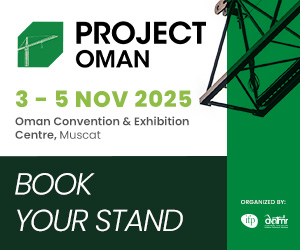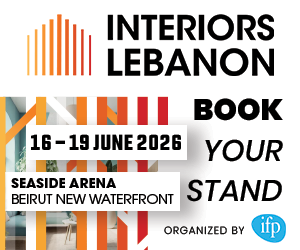Sidon began the construction of a museum that will preserve and showcase precious ruins from the various civilizations that lived in the southern city over a period of 6,000 years. Sidon’s national museum will be established beside the old city’s Freres archaeological site to give visitors easy access.
The space is being designed to accentuate the site’s natural attributes, with pathways connecting to old and modern Sidon.
The museum will span 1,600 square meters and will house all the city’s ruins that are currently dispersed haphazardly between many sites, including the National Museum of Beirut and the storage houses of the Directorate General of Antiquities.
According to design plans, a footbridge will be built at the basement level of the museum to provide visitors with a view of the ruins once they enter the site. The roof of the museum will span 2,000 square meters. The museum is part of a broader project that also aims to refurbish a 19th century house, also present at the site.
The government’s Development and Reconstruction Council, with a grant from the Kuwait Fund for Arab Economic Development and the Arab Fund for Economic and Social Development, will oversee the implementation of the project.
The Kuwaiti Fund has contributed $4 million for the project, while the Arab Fund has committed $850,000. Together, both pledges amount to half of the total projected cost of establishing the museum. About $5 million more is needed to fully implement the project.
The museum will also showcase the archeological findings made by a delegation from the British Museum, which this year concluded 16 years of work at the Freres site. The British Museum began its work at the site in 1998, with the approval of the Directorate General of Antiquities.
With their findings dating back to before the fourth millennium B.C., the delegation’s findings reveal previously unknown eras of Sidon’s old history. They reflect on urban development as well as the vital role the Mediterranean Sea played in connecting countries, cities and various civilizations. In particular, the excavations unveiled the important connection between Sidon and other neighboring areas, mainly the Aegean Sea, the Canaan region and Egypt.
The main discoveries found by the British delegation at the site date back to the Bronze Age, Iron Age and Roman period. For instance, a memorial statue was proven to have been of significance in the middle and late Bronze Age (2100-1200 B.C.), as well as the Iron Age (1200-539 B.C.) and into the Roman period.
More than 1,000 artifacts were discovered by the British delegation, among them 98 objects from the early Bronze Age and the third millennium B.C., 434 objects from the middle Bronze Age, 41 from the late Bronze Age, 104 from the Iron Age, 100 from the Roman period, as well as other statues made of stone and mud of historical significance.
The findings have been classified into three categories: items that can be displayed in open air or at their original area of discovery at the site, those that can be displayed inside the museum under the appropriate internal conditions and those that can be displayed inside glass boxes under the right conditions. Despite delays, most of them are a result of the British delegation’s protracted work, the project is entering its implementation phase.
Those responsible for the project believe it will boost much needed economic and social development in south Lebanon. About 50 job opportunities are expected to be created by the project, in an area with endemic unemployment.
Local authorities and those involved in the project both expressed their hopes that its implementation would have positive implications for the city, and one day make it into a major touristic site.
The Daily Star
4 November










































































